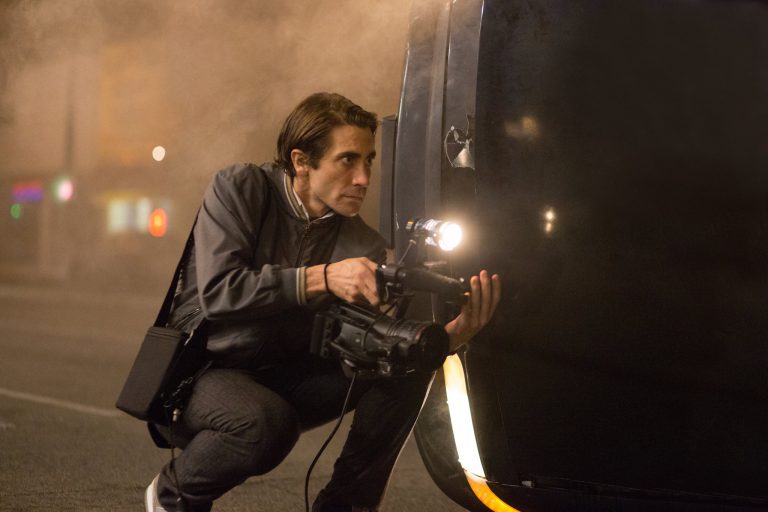In his surreal movie, ‘The Beast’ (original title La Bête), filmmaker Bertrand Bonello sets out to confront the theme of the predetermination of love via genre cinema. In Concours at the 80th Venice International Film Festival, the movie is loosely based on the 1903 novella ‘The Beast in the Jungle’ by Henry James. The short story is transposed into a visionary journey in which a seemingly unattainable love is reenacted in an apparently endless cycle.
Gabrielle, played by Léa Seydoux, is a young woman who, in 2044, must decide whether to undergo a process designed to “calm” her emotions. As an inhabitant of a future run by machines, the process will make her fit to play a role in a society where excess feeling is considered undesirable. Through this process, the girl is brought to “relive” her past lives. Although the contrivance is implausible, it is the perfect input to traverse the journey through the girl’s past lives and, more importantly, the red thread that connected them. In 1910, Gabrielle is a Parisian musician who runs a doll factory with her husband. In 2014, Gabrielle is a model who moves to Los Angeles and dreams of becoming an actress. And in each era, she will meet Louis (George MacKay), and the two will be inextricably linked in each period.
Giving shape to the film is a mechanism of constant repetition in situations, themes, visuals, and dialogues. Yet, at the same time, with each repetition, there’s a unique nuance to the notion of timeless love. Of particular interest is Bonello’s choice to depict a bond of love as something almost above the will. Also, The Beast questions whether and how social conceptions of receiving and showing love have changed through the ages. In Bonello’s depiction, modernity and repression of feelings are in linear proportion.
As a result of the movie’s peculiar structure, it follows how the register changes radically from one section to the next. 1910 features the characteristics of costume film and classical melodrama. Set against the backdrop of the Great Seine Flood, Gabrielle, and Louis are protagonists of a dreamlike love whose main obstacle lies in the external conventions peculiar to the society of the time. 2014 is dark and approaches the tones of the oneiric drama and psychological thriller. Inspired by true events (the Isla Vista Massacre, a carnage committed in 2014 by a college student with incel beliefs), the connection between the two is a child of the repression, isolation, and restlessness that is plaguing the youth of the 21st century. 2044 is dystopian and postmodern. Imaginaries of a hyper-technological future are replaced by empty, minimalist scenarios in which there is little or nothing left of the human.
This primary reflection on love is contrasted with the reflection on fear, a kind of fear that has dragged through lives over the decades. From the very first scene, Gabrielle is pursued by the idea that an immanent catastrophe must take place, so vexing that it prevents her from real rapprochement with her loved one. The film’s beast is, indeed, subtly present throughout the movie in the unfathomable threat of closing the circle without ever having freely loved each other. In this perspective, The Beast is almost a cautionary tale against the fear of love itself.
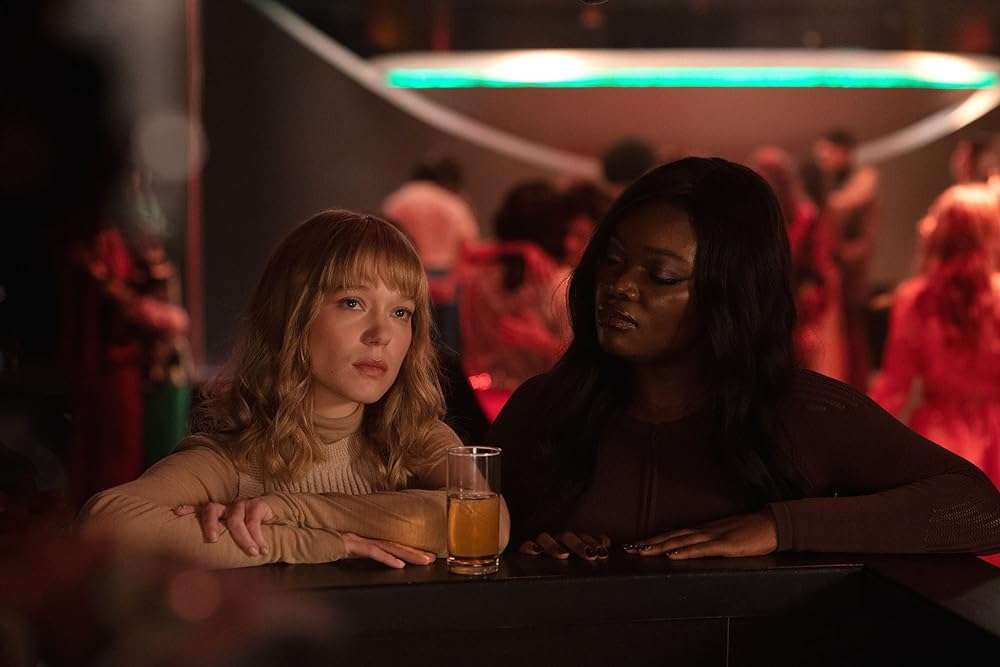
Both Léa Seydoux and George MacKay do an impressive job in stepping into their roles, especially considering the added challenge of playing characters with profound differences that are still recognizable in each era. George MacKay had, in particular, the heavy task of replacing French actor Gaspard Ulliel, who passed away at the beginning of filming and to whom the picture is dedicated.
The technical side of set design (Katia Wyszkop), costumes (Pauline Jacquard), and photography (Josée Deshaies) help to orient the viewer by providing carefully curated visual points of reference both spatially and temporally. In particular, the set design features effective and modern insights, among them the rendering of the green screen room as the location of the opening and interlude acts. Likewise interesting is the work of editor Anita Roth in balancing the linearity of the scenes and their deconstruction, as much as in the visual parallels between the different eras.
Bonello’s direction cleverly captures the topos of the various registers (melodrama, thriller, dystopian futurism) while perfectly mastering the stylistic devices of genre cinema. Bonello has co-written the script with Guillaume Bréaud and Benjamin Charbit. The narrative suffers slightly from the sudden jumps as much as the introduction of what is an excessive variety of themes.
Actually, Bonello not only explores the macro-theme of fear as the death of love but also interfaces with a wide variety of topics: the threat of technology, artificial intelligence, the regression of humanity, current issues such as youth disorientation, the incel and misogynist movement, predetermination and its signs, the figure of the doll and its relationship with femininity. In an all too ambitious attempt to handle the too many symbolic and conflicting themes, the film tends to get confused and lose itself along the way, in a final result that is fundamentally good but impoverished by many inconsistencies.
Overall, Bertrand Bonello has succeeded in bringing not only one of the most contemporaneous films of Venice 80 but also his most mature film to date. Although the structural and narrative complexity is not rendered without smearing, Beast remains one of contemporary cinema’s most modern and layered experiments. Particularly clever is the finale, which, by (in this case) subtracting, manages to close the film with what is probably its most remarkable sequence.
Produced by Les Films du Bélier, My New Picture, Sons of Manual, Arte France Cinéma, and Ami Paris, The Beast was screened on September 3 at the Venice Film Festival and will be distributed in France starting February 28, 2024. It will also be screened at the 28th Busan International Film Festival in the ‘Gala Presentation’ section on October 6, 2023.


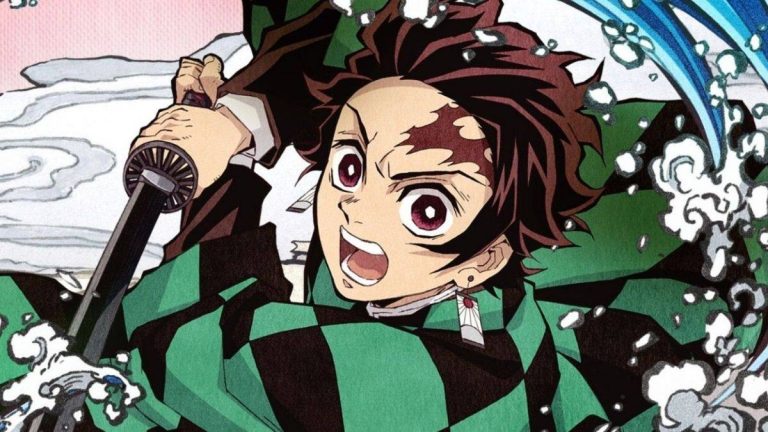
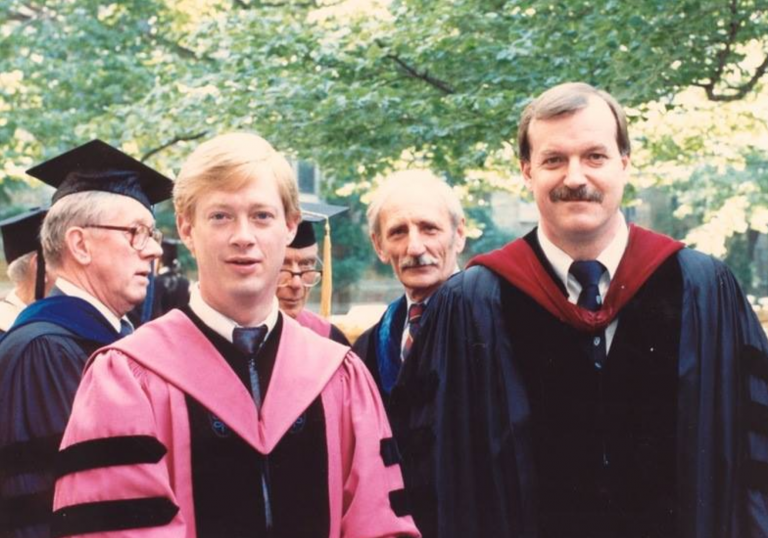
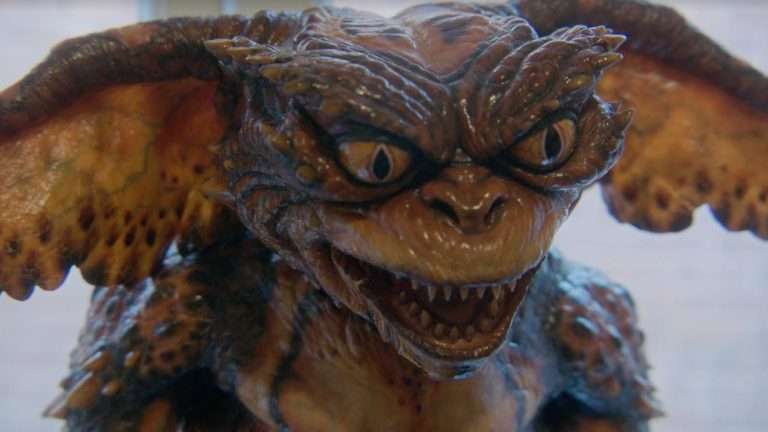
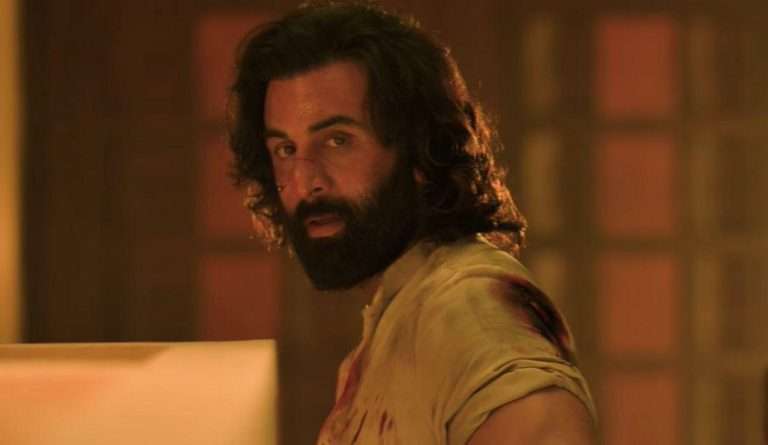
![Cache [2005]: More Than What Meets The Eye!](https://79468c92.delivery.rocketcdn.me/wp-content/uploads/2017/09/cache-2005-768x432.jpg)
